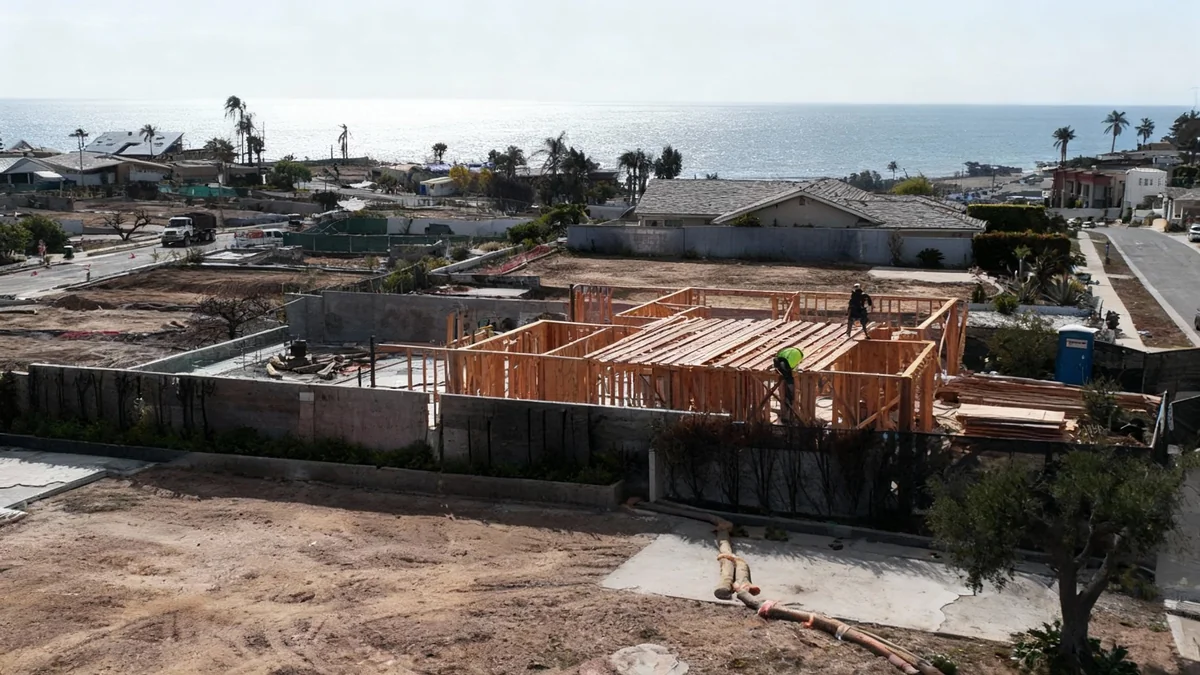A new trend is gaining traction in the commercial real estate market as investors look to solve two pressing problems at once: the glut of empty office buildings and the soaring demand for digital infrastructure. By converting underutilized properties into data centers, developers are unlocking significant value in assets once considered liabilities.
This strategy, known as adaptive reuse, hinges on strategic planning and significant infrastructure upgrades, particularly in power and connectivity. A recent transaction in Chicago highlights the potential of this approach, offering a potential blueprint for repositioning vacant commercial real estate in a rapidly digitizing economy.
Key Takeaways
- Investors are increasingly converting vacant office buildings and other commercial properties into data centers.
- The trend is driven by high vacancy rates in the office sector and surging demand for data storage and processing power.
- Successful conversion projects depend heavily on securing adequate power supply and high-speed fiber connectivity.
- Adaptive reuse can be more cost-effective and faster than building new data center facilities from the ground up.
A Tale of Two Markets
The commercial real estate landscape is currently defined by two opposing forces. On one side, the office market is grappling with record-high vacancy rates as remote and hybrid work models become permanent fixtures. This has left property owners with vast, empty spaces that are costly to maintain and difficult to lease.
On the other side, the digital economy is expanding at an exponential rate. The rise of artificial intelligence, cloud computing, and the Internet of Things (IoT) has created an insatiable appetite for data centers—the physical backbone of the internet. Demand for data center capacity is consistently outpacing the construction of new facilities.
Surging Demand
The global data center market is projected to grow significantly in the coming years, driven by a massive increase in data generation and the computational needs of emerging technologies like generative AI.
This imbalance has created a unique opportunity. Investors are now viewing empty office buildings not as a problem, but as a potential solution. These structures, often located in urban or suburban areas with existing infrastructure, are becoming prime candidates for conversion into high-tech data hubs.
The Logic of Adaptive Reuse
Adaptive reuse is the process of repurposing an existing building for a function other than what it was originally designed for. In this context, it involves a complete overhaul of an office building to meet the rigorous technical requirements of a data center.
While not every empty building is a suitable candidate, many offer distinct advantages over new construction:
- Location: Office buildings are often situated near power substations and fiber optic networks, which are critical for data center operations.
- Speed to Market: Converting an existing structure can be significantly faster than the lengthy process of acquiring land, securing permits, and building a new facility from scratch.
- Zoning and Permitting: It can sometimes be easier to get approvals for repurposing an existing building than for new construction, especially in dense urban areas.
- Sustainability: Reusing an existing building's shell and foundation reduces the carbon footprint associated with new construction materials and processes.
Overcoming the Technical Hurdles
The transition from office space to data center is far from simple. It requires meticulous planning and substantial investment to address several key technical challenges. Success is not guaranteed and depends on a property's specific characteristics.
The most significant factor is power availability. Data centers consume enormous amounts of electricity, often equivalent to a small town. A potential conversion site must have access to a robust power grid and the ability to secure redundant power sources to ensure uninterrupted operation.
Other critical considerations include:
- Floor Load Capacity: Servers, cooling equipment, and power systems are extremely heavy. The building's floors must be able to support these significant loads.
- Ceiling Height: Data centers require high ceilings to accommodate server racks, complex cabling systems, and airflow for cooling.
- Connectivity: The building must have access to multiple high-speed fiber optic networks from different providers to ensure reliable data transmission.
- Cooling Infrastructure: A massive and highly specialized HVAC system is needed to dissipate the intense heat generated by thousands of servers.
A Blueprint from Chicago
A recent transaction in Chicago serves as a practical example of this strategy. While specific details of the deal remain private, the project's success was reportedly based on a solid investment thesis focused on two core principles: securing a significant power allocation early in the process and designing the facility to meet modern data center specifications. This approach mitigates risk and makes the property attractive to potential tenants before the conversion is even complete.
The Investor's Perspective
For professional investors and real estate investment trusts (REITs), office-to-data-center conversion represents a compelling value-add proposition. It allows them to acquire underperforming assets at a potential discount and reposition them to serve a high-growth, high-demand sector.
The key to a successful investment is mitigating risk through thorough due diligence. Before acquiring a property, investors must conduct feasibility studies to confirm that the necessary power and fiber infrastructure can be brought to the site at a reasonable cost. This concept, known as "specification readiness," is crucial.
"The investment thesis is no longer just about location; it's about power and connectivity. If you can't secure megawatts of power, the deal doesn't work, no matter how cheap the building is."
By focusing on properties where these infrastructure requirements can be met, investors can transform a vacant building into a mission-critical facility that commands long-term leases from major technology companies. This strategy not only revitalizes dormant real estate but also builds the essential infrastructure needed to power the future of the digital economy.





